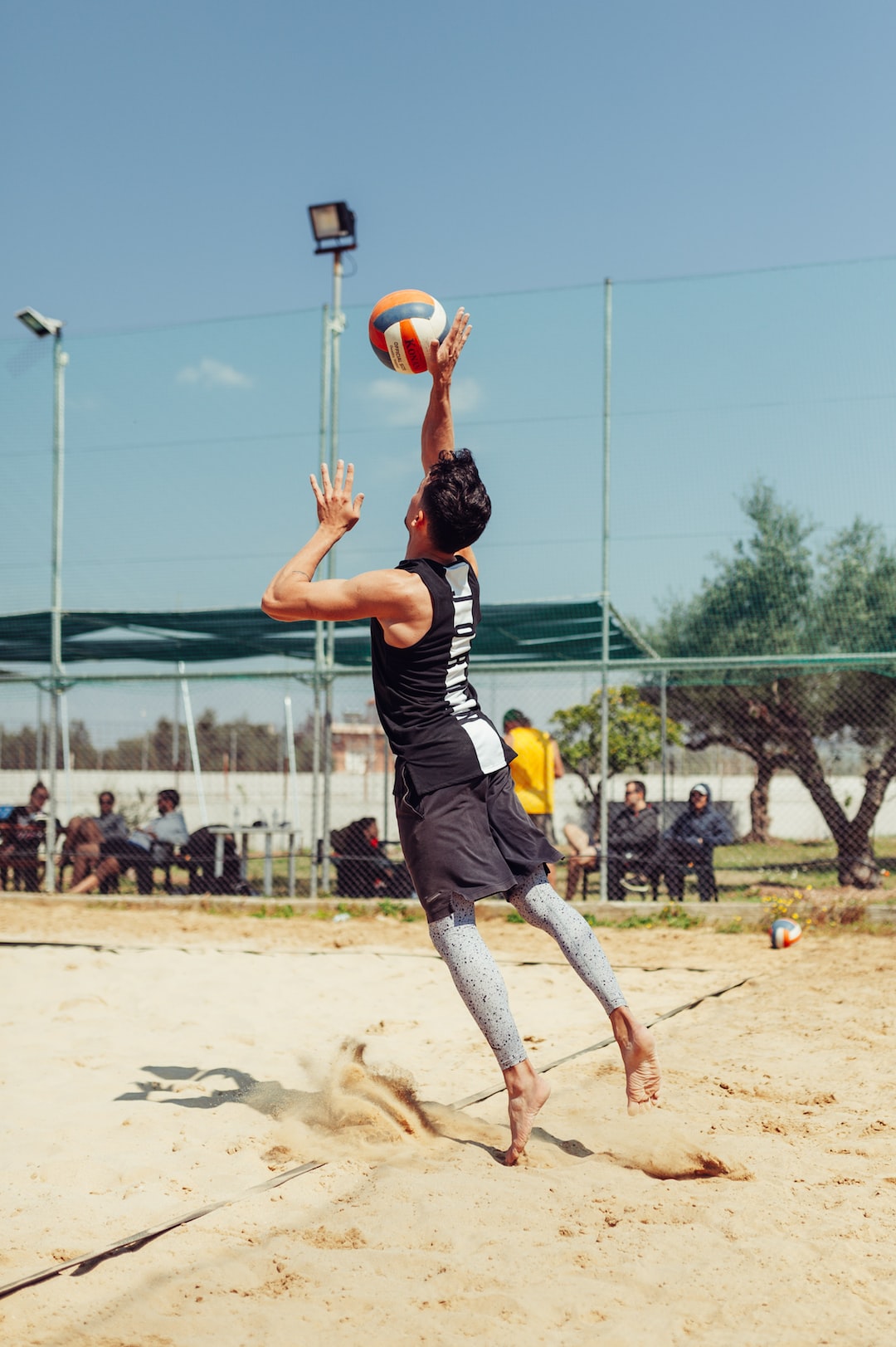Essential Gear and Equipment for Different Athletics Disciplines
Participating in athletics requires not only dedication and skill, but also the appropriate gear and equipment. Each discipline within the wide array of athletics has its specific needs to optimize performance and ensure safety. In this blog post, we will delve into the essential gear and equipment required for different athletics disciplines.
Running, being one of the most popular and accessible athletic activities, demands minimal gear. However, investing in good-quality running shoes is crucial to prevent injuries and enhance performance. Shoes with proper cushioning and support are designed to absorb shock and provide maximum comfort. Additionally, breathable and moisture-wicking clothing, such as running shorts and shirts, can help regulate body temperature and prevent discomfort during intense workouts.
Jumping disciplines, like long jump and high jump, require specific equipment to optimize performance. In both cases, athletes benefit from the use of specialized shoes. High jumpers typically wear high-top shoes that provide ankle support, while long jumpers require shoes with spikes that aid in propulsion off the takeoff board. Both disciplines also utilize landing pits, which are filled with foam or sand to provide a soft landing surface, minimizing the impact on the athlete’s joints.
The world of throwing events, such as shot put, discus, and javelin, necessitates specific gear to maximize throwing ability and ensure safety. Shot put throwers heavily rely on shot put balls, which come in various weights and materials. The throwing weight is chosen based on an athlete’s ability and strength. Similarly, discus throwers require specific discus equipment made of metal or composite materials, tailored to individual preferences. Furthermore, javelin throwers rely on a combination of technique and specialized javelins, designed to achieve maximum distance while maintaining stability throughout the flight.
For sprinters, starting blocks play a vital role in their performance. These adjustable blocks allow sprinters to position themselves for the optimal start, generating explosive power and enabling them to launch forward with maximum acceleration. Sprinters also benefit from lightweight and aerodynamic clothing that reduces drag, allowing them to move through the air with less resistance and achieve faster times.
Hurdle events, on the other hand, require athletes to utilize hurdles, which are adjustable barriers that test speed, agility, and coordination. Hurdles are made of lightweight yet sturdy materials such as aluminum or steel. Athletes must be able to clear the hurdles efficiently without sacrificing speed, making it essential to use well-designed and properly adjusted hurdles.
Endurance-based disciplines like cross country and marathon running require athletes to invest in gear and equipment that aids in comfort and performance over long distances. High-quality running shoes that provide ample cushioning and stability are vital to prevent foot fatigue and injuries. Furthermore, lightweight and moisture-wicking clothing, including compression gear, can help increase blood circulation and reduce muscle fatigue during extended periods of exertion.
In the world of pole vaulting, athletes rely on poles specifically designed for the sport. These flexible poles, made of fiberglass or carbon fiber, store and release energy, propelling the vaulter higher over the bar. Selecting the appropriate pole is crucial as it directly affects an athlete’s ability to clear greater heights.
In conclusion, each athletics discipline requires specialized gear and equipment to optimize performance and ensure safety. From running shoes to landing pits, starting blocks to hurdles, and shot put balls to pole vault poles, each piece of gear plays a crucial role in an athlete’s success. It is essential for athletes to invest in high-quality equipment tailored to their specific discipline, enabling them to perform at their best and achieve their goals.

